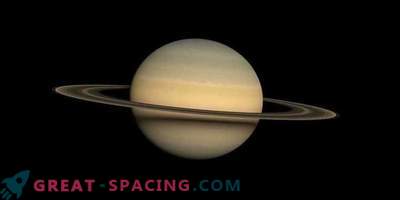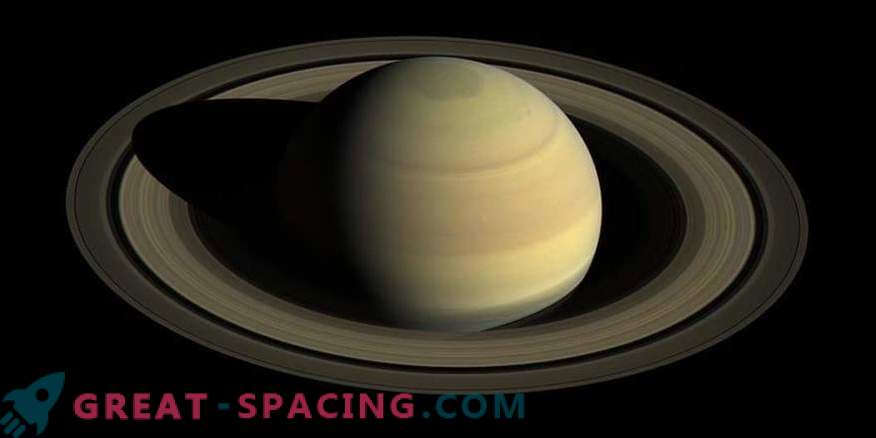
Saturn can swim in water! Just imagine how a giant planet splashes on the water surface of a large-scale basin. But is it really like that? The scientist says no.
The density puzzle of Saturn
Saturn is a wonderful sixth world, striking not only with its rings, but also with its size. This amazing planet belongs to the gas giants and is in second position in scale after the handsome Jupiter.
But at the same time the density of Saturn is only 0.687 g / cm 3. It is important? Actually, yes, because before us is the only world of the Solar System, whose density is inferior to water. For you to understand, the density of the Earth is 5.51 g / cm 3. No one can say for sure why this is the case.
Will Saturn be able to swim - the answer of the scientist
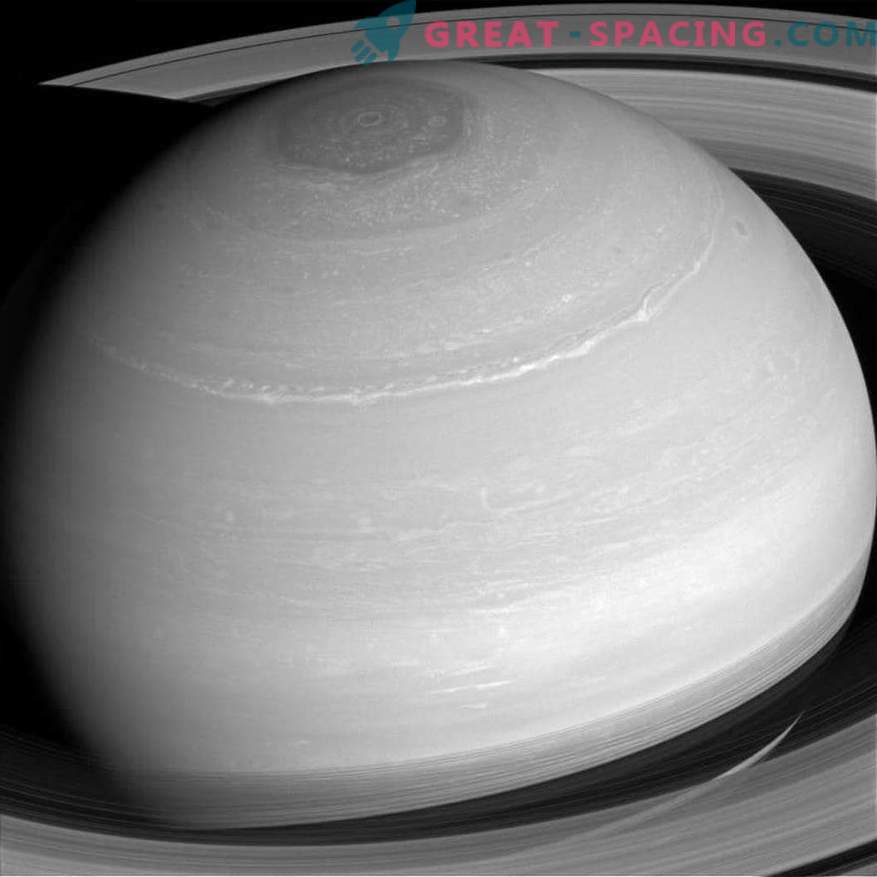
In almost all Russian-speaking sources to the information about the density of Saturn, you can find an interesting fact, which sounds something like this: “By the way, if you dip Saturn into a giant pool, the planet will swim! ”. If you do not forget that the density is lower than that of water, then everything seems quite logical. However, do not make hasty conclusions.
To understand the situation, we turn to the assistant professor of physics at Southeastern Louisiana University Rette Alleyn. He carefully considered the issue and shared his thoughts. His findings suggest that Saturn will not be able to swim in the water.
We are looking for a large water source
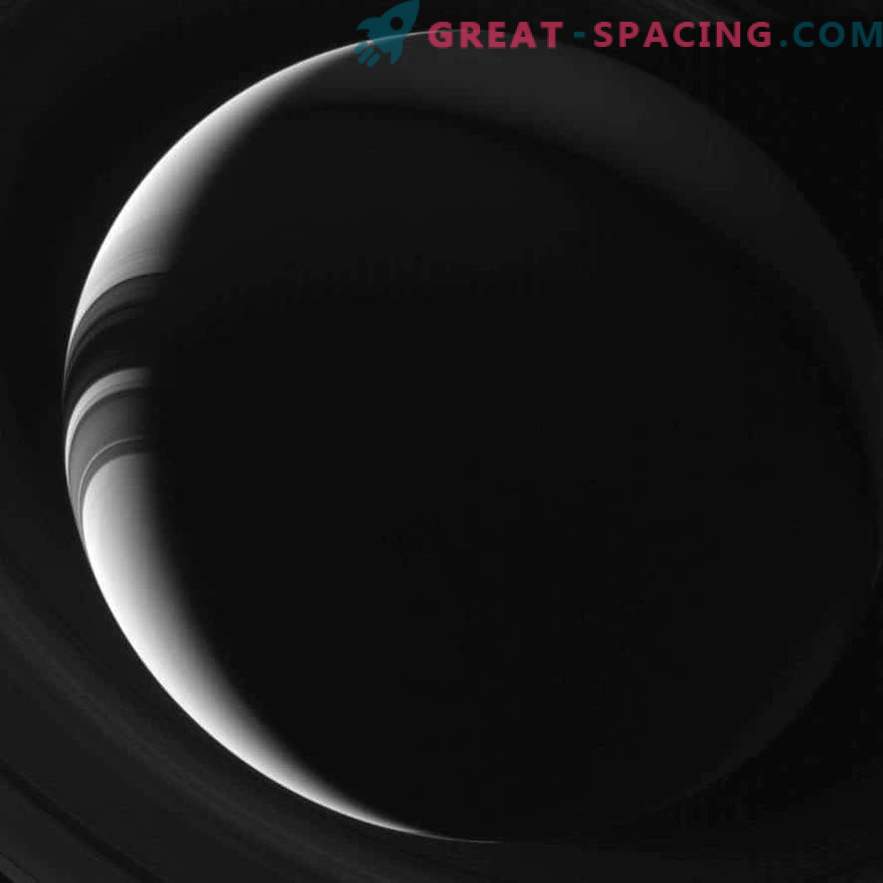
We know that objects with less density than water should actually remain on the surface. But how much water will be required in order to keep Saturn? We will not find a pool in space or just a river. Therefore, suppose we were able to find the giant fully water planet, on which we place Saturn. The first planet is gigantic; therefore, the gravitational field is stable and directed downwards.
What is required depth? For a floating object, the buoyancy force is equal to the force of gravity. That is, only part of the planet will be under water. Alleyn believes that this is 77.2% Saturn (under water). For such an immersion, it will be necessary that the depth of the water be equal somewhere to 6 earth diameters. In fact, the water planet should converge radially with the Sun, but will be filled with liquid water.
Saturn still does not float.
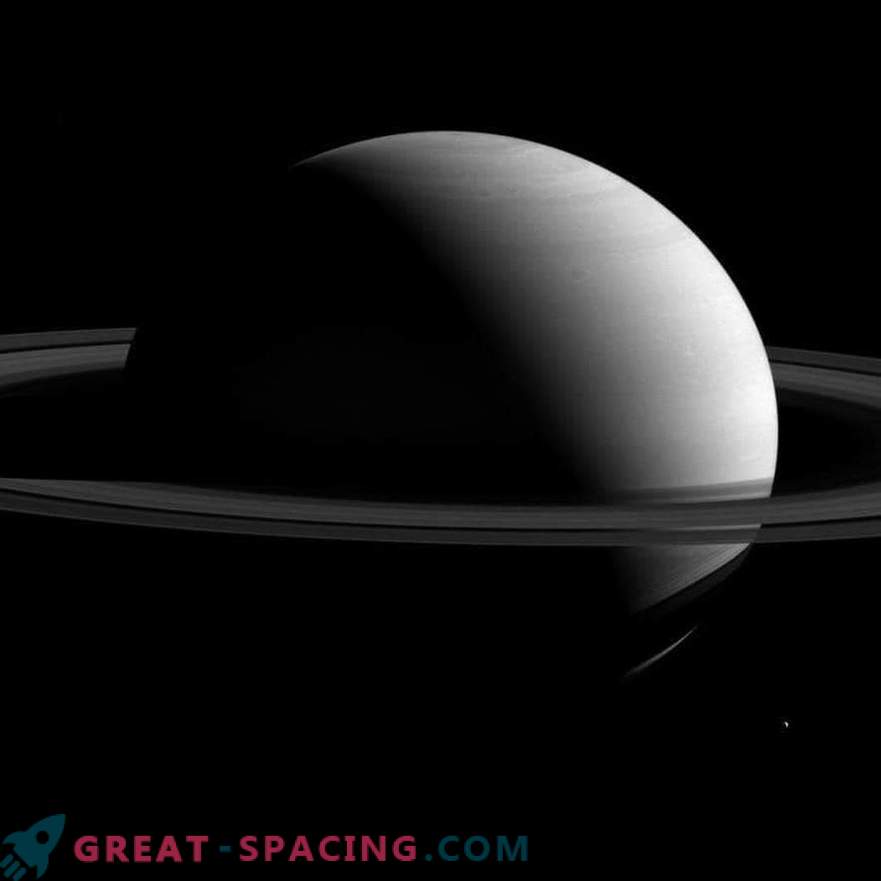
Suppose you managed to find an incredibly deep non-carbonated water source. Unfortunately, Saturn is still not going to float on the surface. Throw a ping-pong ball into the water. He is swimming. Why? Because before us is a hard object. And Saturn is a planet, most of the outer shell of which is represented by molecular hydrogen.
Inside you can find something more dense, like metallic hydrogen or a rocky core. The force of gravity makes dense materials move to the center. What happens if you put a “non-rigid” Saturn in the water? The pure gravitational field will be directed towards the water planet, and not the center of Saturn. Because of this, all the outer material and the core, according to Alleyn, will move to the center of the planet's water. Thus, the core will sink to the bottom, and the hydrogen atmosphere will become part of the water planet (Saturn will spread).
Postscript
Rhett Allein believes that such manipulations will simply destroy the planet, because the mass of Saturn is not enough to send hydrogen to its own center, and not to the water planet. Or get a core sunk to the bottom. Although we talked about the water planet.
Perhaps someone will be able to create a giant pool and test it yourself. For example, we recently wrote an article “A convinced supporter of the plane of the Earth ...” in which a man launched himself into space on a steam rocket to verify the true form of the planet.








